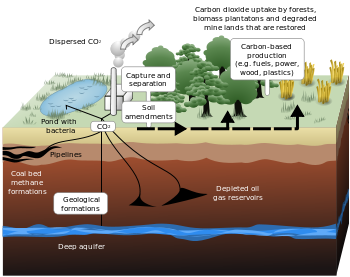To date the information technology revolution has had an underwhelming impact on the utility industry. But that is starting to change. Utility infrastructure is becoming more sophisticated as the ideas and technology that reinvented communications in the internet age are being applied to utilities.
The most important, customer facing piece of this utility infrastructure overhaul is the smart meter. The smart meter has met resistance by a small but vocal group of consumers over privacy and (believe it or not) health concerns. But its importance to the future of energy and energy management cannot be overstated.
Smart technology will deliver the new generation of energy management and energy efficiency. This will be critical economically as energy is becoming more expensive. It is also critical environmentally as the developed world seeks to reduce its dependence on fossil fuels which still provide most of the world’s energy.
In the future a truly smart electricity grid will allow smart appliances, electric vehicles, distributed electricity generation sources (think rooftop solar), and public electricity infrastructure to communicate seamlessly and in real time to make better use of available electricity and reduce waste. It will also change the way people buy their electricity. People will be allowed to prepay for their electricity and monitor it’s usage in real time. They can adjust their habits and the timing of their energy usage to fit with market supply and demand. This will allow them to both reduce their own costs and reduce strain on the grid during times of peak demand.
